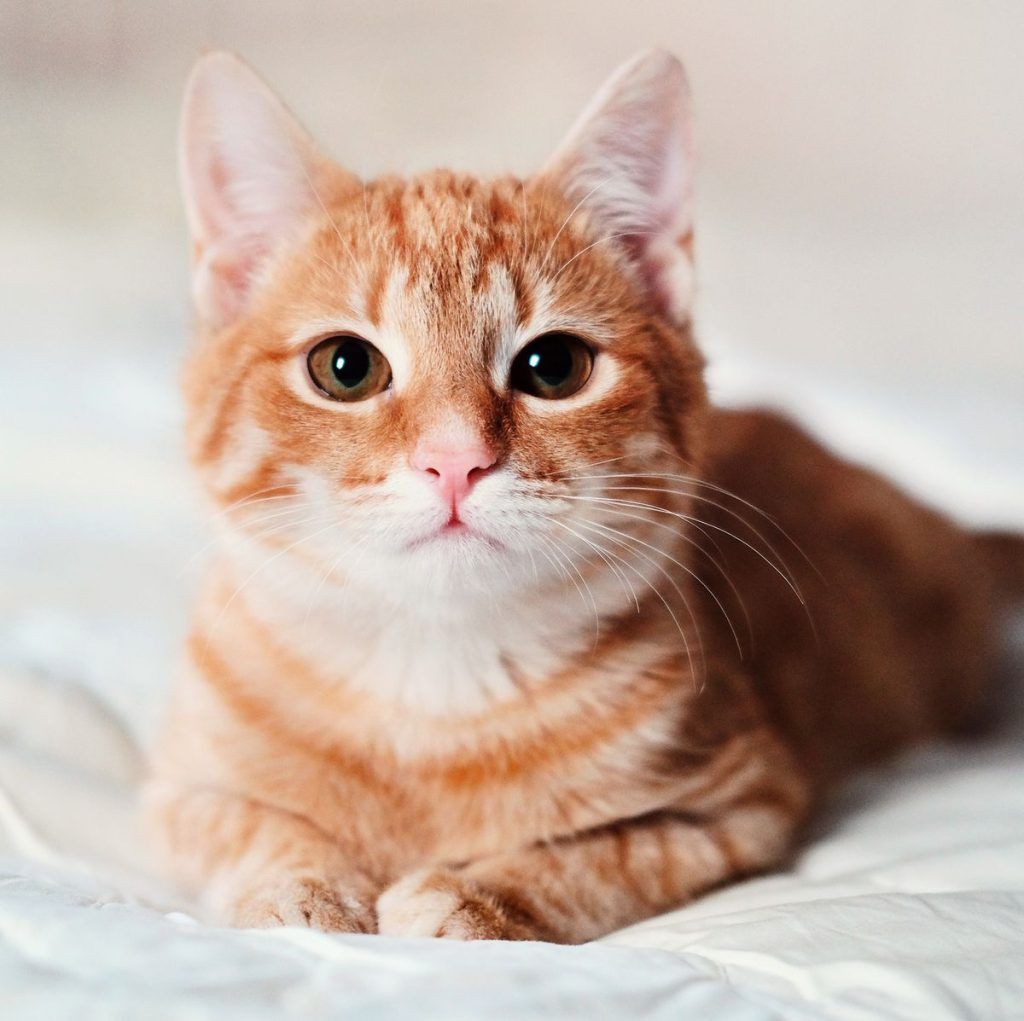For pet owners, ensuring their cats’ safety requires considering even uncommon risks. This includes potential hazards posed by devices like insect-eliminating bug zappers placed around homes and yards. While not a mainstream concern, some question if the electrical current used to kill flying insects could also fatally harm curious felines. This article thoroughly explores this issue from scientific and ethical perspectives.
Understanding Bug Zappers
Bug zappers are pest control devices that attract and electrocute flying insects. Units consist of light sources that lure insects towards electrified grids where they are killed by high-voltage shocks. Common varieties include:
- Racket style zappers with mesh grids
- Lantern style traps with light bulbs
- Electric fly swatter rackets
Bug zappers are frequently installed in outdoor areas like porches, patios and gardens where flying pests congregate. They should be kept far from human and pet contact.

Potential Dangers of Bug Zappers
Bug zappers are designed to eliminate lightweight insects. However, the electricity can theoretically pose risks to larger animals if contacted.
While insects have small bodies easily killed by a minor zap, cats and other pets are far larger in scale. However, their curiosity around movement and lights may lead to investigating electrified bug zappers.
Beyond cats, creatures like raccoons, squirrels, birds and lizards could also face hazards from chewing on wires or contacting zappers, making proper placement vital.
Cat Behavior Around Bug Zappers
Given cats’ innate curiosity and play drive, they may display interest in bug zappers’ flickering lights, sounds and visible insect electrocutions.
Reasons cats may interact with bug zappers include:
- Trying to paw at and catch buzzing insects
- Swatting at flickering light with their paws
- Attempting to rub, lick or bite the intriguing device
- Hiding or napping beneath outdoor units
These behaviors highlight the need for preventative measures to avoid contact.
The MECE Framework
Analyzing the potential lethality of bug zappers for cats requires covering all possibilities thoroughly. The MECE framework facilitates this by categorizing options as:
- Mutually Exclusive: Only one possibility can be true
- Collectively Exhaustive: All possibilities are considered
For this issue, the framework makes clear that zappers either can or cannot kill cats based on electrical amps. We must exhaustively assess both scenarios using evidence.
Can a Bug Zapper Kill a Cat?
Applying the MECE framework:
- Zappers producing lower amperages may sting but not seriously harm cats beyond learning aversion.
- However, high-amp units pose potential lethal risks from cardiac arrest if cats bite electrified grids.
There are isolated incidents of amperages as low as 9 volts proving fatal to small kittens. Much depends on amps, exposure time, and feline body size. But the possibility exists given the right circumstances. Prevention is critical.
Preventing Cat-Bug Zapper Encounters
As cat owners, precautions are essential around bug zappers, including:
- Placing units high up or far from accessible areas for cats.
- Using cat-repellent scents or physical barriers to discourage access.
- Opting for safer mosquito-deterrent alternatives to zappers.
- Monitoring cats when outdoors and distracting their attention from zappers.
Vigilance and common sense helps safeguard curious cats.
Risks to Other Pets
Bug zappers jeopardize any unrestrained pets, wildlife, or birds through electrocution or entanglement hazards.
Dogs may bite zappers out of aggression or curiosity. Burrowing animals risk contact with wiring. Young birds sometimes fatally perch on electrified grates.
All pet and animal owners share an obligation to prevent unintended bug zapper interactions through planning unit placement carefully and using safer alternatives whenever possible. Education on the hazards guides appropriate action.
Bug Zapper Safety Guidelines
Manufacturers provide zapper safety guidelines that owners must follow:
- Position units minimum 15 feet from walking paths and occupied areas. Higher is ideal.
- Never touch zappers with wet hands or allow children near units.
- Inspect wires for damage regularly. Never modify or override safety features.
- Turn zappers off in windy conditions when ignition risks increase.
Also, ensure the unit meets local legal safety standards for pest control devices.
Legal Aspects and Liability
Bug zappers can create legal liabilities if pets or people get injured by unsafe installation or negligence.
Issues like installing defective DIY zappers or disregarding height requirements may constitute negligence if injury occurs. Pet owners may hold others responsible or face accusations of negligence themselves if their unattended cat gets injured.
Avoidance of foreseeable dangers is prudent alongside correcting local authority code violations regarding zapper regulations.
Cat-Friendly Bug Zapper Alternatives
The hazards prompt exploring cat-safe alternatives, like:
- Strategically planting insect-repellent herbs and flowers.
- Using screened patio enclosures or fans to deter mosquitos.
- Applying non-toxic diatomaceous earth to repel crawling insects.
- Installing ultrasonic pest repellers that use sound frequencies only pests hear.
Humane prevention deters bugs without endangering beloved cats and other pets.
Understanding Cat Senses
To promote safety, appreciating cats’ perceptual capabilities provides insights.
Cats see well in low light, attracted to zappers at night when hunting. Their hearing also hones in on high-frequency hums emitted. Scent motivations around strange new objects remain mysterious but powerful behavioral drivers.
Knowing how cats experience the world informs preventative strategies.
Research on Cat-Bug Zapper Interactions
Unfortunately, little directed scientific research exists on cat-bug zapper interactions specifically.
Experts emphasize common sense precautions with electrical devices and general pet safety best practices. Case studies are limited to isolated incidents rather than aggregated data.
But the absence of abundant studies makes preventing known electrocution risks no less advisable given the deadly consequences. Additional research could further inform usage guidelines.
Real-World Experiences
Veterinarians report treating burns when cats swat or bite zappers. Owners share stories of pet deaths from chewing on wires.
But many note close calls avoided by removing zappers altogether in favor of screening or fans. Others succeeded by diligently monitoring cats outdoors around zappers.
The inconsistent outcomes underscore the value of layered preemptive measures to keep all pets protected.
What to Do If Your Cat is Exposed
If you suspect your cat contacted a bug zapper, immediate veterinary assessment is imperative. Signs warranting emergency care include electrical burns, difficulty breathing, uncontrolled twitching and unresponsiveness.
Cats may need treatment for shock, wound care, infection prevention, pain management, or anticonvulsants for seizure-prone breeds. Be prepared to give CPR en route. Prompt action maximizes recovery odds after zapping.
Raising Awareness
Educating cat owners alongside manufacturers and regulators assists in promoting safer bug zapping practices that protect pets.
Sharing personal stories, distributing informational materials and advocating for improved warning labels all help spread awareness on zapper risks for cats and vulnerable wildlife.
Knowledge empowers the public to implement solutions preventing unnecessary animal deaths.
Summary
In summary, while an uncommon risk, high-powered bug zappers carry a small possibility of fatal electrocution for inquisitive cats. Preventing any access is essential, especially regarding unattended outdoor units. This requires informing cat owners alongside proper installation by homeowners and businesses. Protect cats by combining secure placement, supervision, and safer alternatives. While an unusual topic, discussing cat safety obligations thoroughly highlights the importance of evaluating even unlikely hazards.
Conclusion
This issue reveals how an awareness of dangers, even obscure ones, guides responsible pet ownership. While we cannot eliminate all risks, ensuring informed choices empowers providing cats enriched yet secure environments. Examining matters from all angles ultimately deepens appreciation for the privileges and duties of caring for cats dependent on us. By equipping ourselves with objective facts and wisdom, our bonds with cats strengthen beneficially.
Additional Resources
- PetMD Articles on Electrical Dangers
- AAHA Guidelines on Safe Pet Proofing
- ASPCA Tips on Bug Zapper Hazards
- Local Ordinances on Approved Pest Control Devices
- Manufacturer Guidance on Proper Bug Zapper Usage
With knowledge and vigilance, we can enjoy the gains technology offers while upholding the safety of beloved cats who captivate our hearts.


ver to bay cialis 20mg
ver to bay cialis 20mg